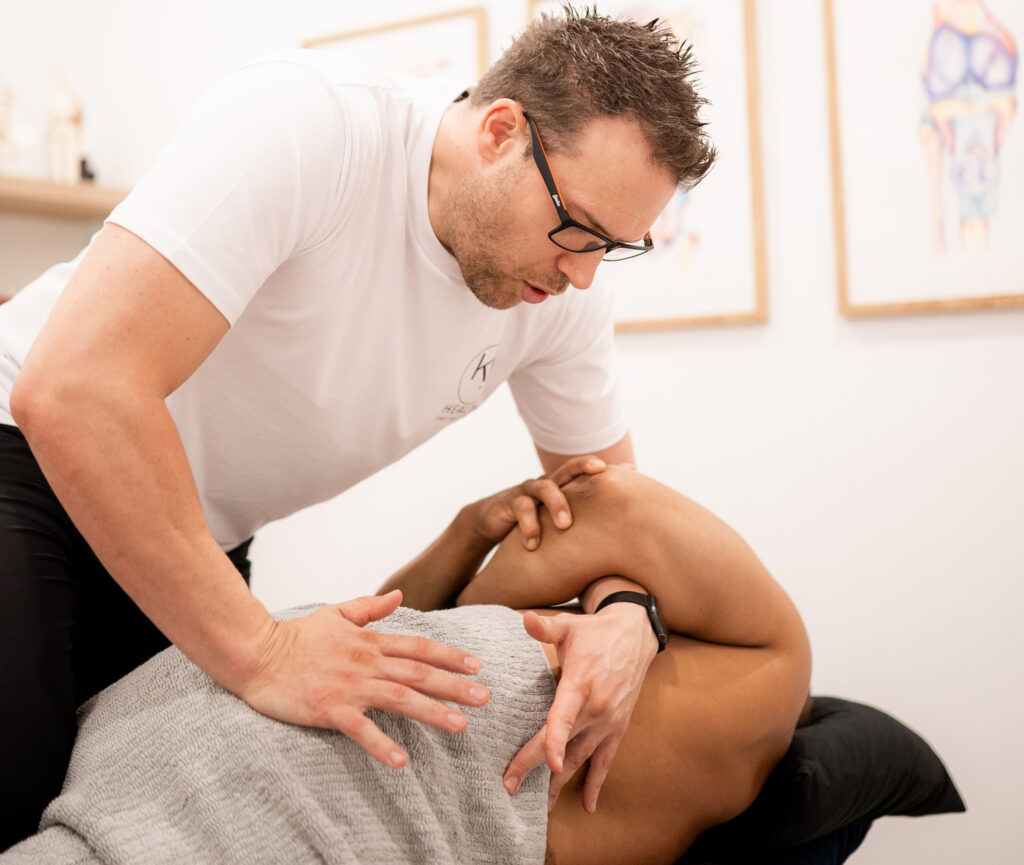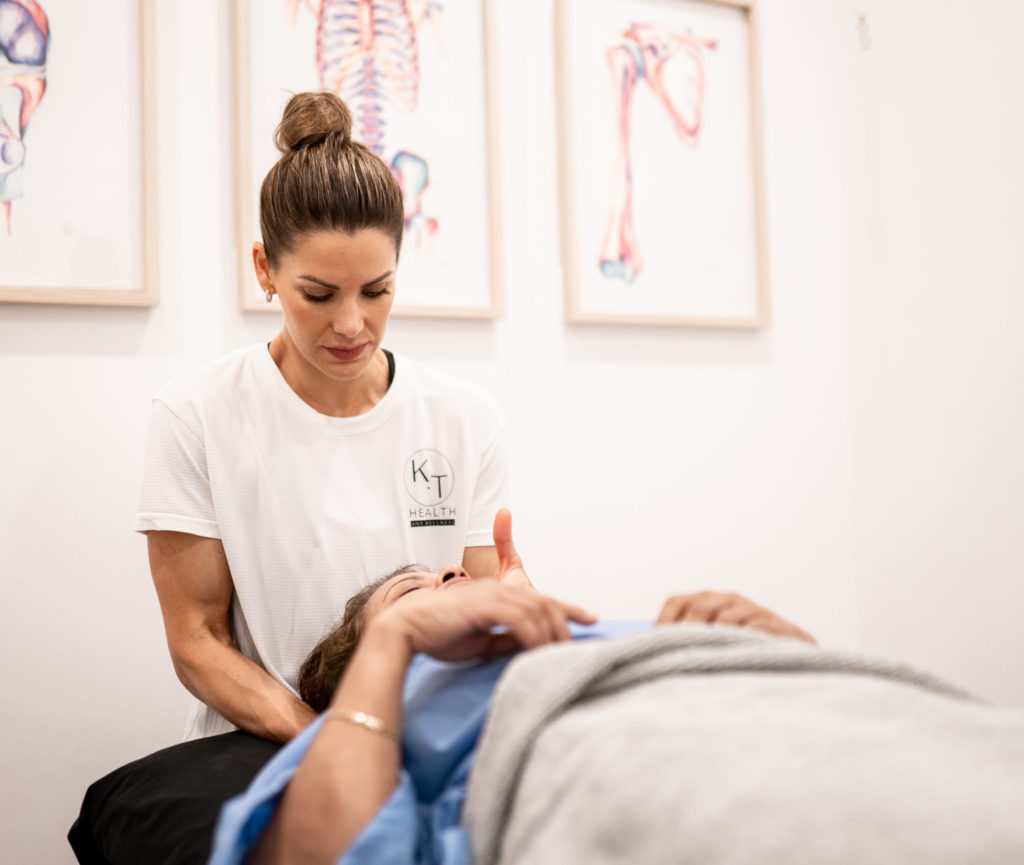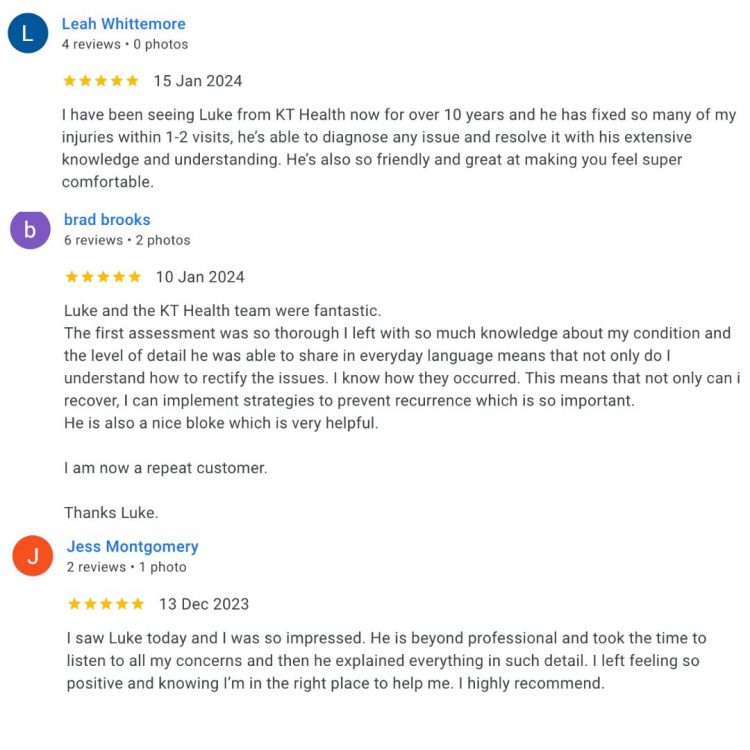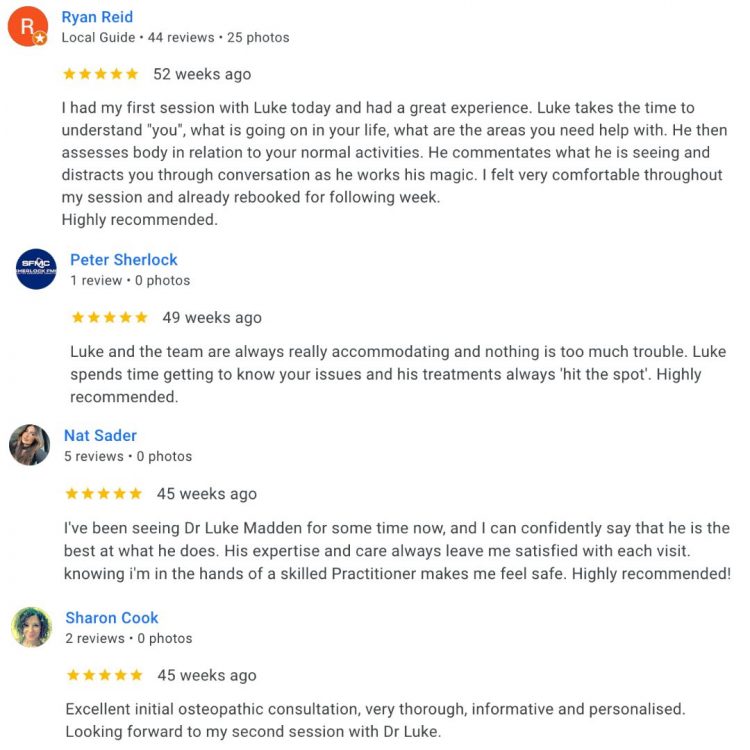Everything You Need to Know About a Baker's Cyst
What is a Baker’s Cyst?
00A Baker’s cyst is a fluid-filled swelling that forms behind the knee, usually as a result of knee joint inflammation or injury. It’s not harmful in itself, but it can cause tightness, stiffness, or discomfort, especially when bending or straightening the knee.
An analogy…
Imagine your knee joint like a water balloon. If too much pressure builds up inside, like from inflammation, the balloon bulges out the back, forming a soft lump, which is the cyst.
What causes a Baker’s cyst?
The knee joint produces synovial fluid to lubricate and cushion movement. If the knee is irritated by arthritis, a meniscus tear, or inflammation, extra fluid builds up and can push out into a sac of tissue at the back of the knee, forming a cyst. This sac (the bursa) becomes stretched and swollen, usually in the popliteal space (behind the knee joint).
What are the signs and symptoms of a Baker’s cyst?
- Swelling or a lump behind the knee
- Tightness or fullness in the back of the knee
- Stiffness or limited bending of the knee
- Pain with full flexion or extension
- Symptoms may worsen after activity or prolonged standing
What tests are used to diagnose a Baker’s cyst?
Palpation: A soft, fluid-filled lump is felt behind the knee.
Ultrasound: Confirms the presence and size of the cyst.
How long does a Baker’s cyst take to heal?
Small or mild Baker’s cysts may settle in 2–6 weeks with conservative treatment. Larger or persistent cysts may take several months to resolve, especially if caused by underlying joint issues.
How does a Baker’s cyst happen?
- Knee osteoarthritis or rheumatoid arthritis
- Meniscus injuries (especially medial meniscus tears)
- Inflammatory conditions like gout or synovitis
- Knee overuse or high-impact activity
- Poor lower limb biomechanics or muscle imbalances
- History of knee trauma or surgery
What treatment can help a Baker’s cyst?
- Addressing the underlying cause (e.g. treating arthritis, managing a meniscus tear)
- Manual therapy (gentle mobilisation of the knee, massage of tight surrounding tissue)
- Ice and compression
- Stretching and strengthening exercises for the knee and lower limb
- Activity modification
- Aspiration (fluid drainage)
- Corticosteroid injection
What exercises or stretches can I do for a Baker’s cyst?
- Quad and hamstring stretches
- Isometric quad sets
- Bridges and side-lying hip exercises
- Knee extension and flexion
- Glute and core strengthening
- Gentle cycling or pool-based activity
What products can help with a Baker’s cyst?
AAROM knee flexion in sit
Sit in a chair and bend your affected knee back as far as you can. Place the ankle of your good leg over the front of your affected leg and use it to bend your knee back further. Hold this position

Passive knee extension stretch sitting
Sit upright in a chair, and place the heel of your affected leg on a stool or table. Make sure there is a gap between your foot and your hip as you try to straighten the affected knee as much as you can. Stay in this position and hold as directed.

Gastrocnemius stretch in standing (holding on)
In a standing position, step your affected leg back behind you. Keep the heel on the floor and the toes pointing forwards. Bend the front knee, moving your body forwards, until you feel a stretch in the back of the calf. Make sure your heel does not come off the floor and your back knee does not bend.

Resisted knee extension in stand
Stand with your feet flat on the floor at hip width apart. Tie a resistance band into a loop around a secure object. Place your affected leg in the loop, with the band behind your knee. Step back so you have some tension in the band. Keeping your body straight, bend both knees a little. As you straighten your knee back up you will pull against the resistance of the band, working the thigh muscle. Relax and then repeat.

Wall squats with stability ball
Hold a stability ball against a wall, placed in the small of your back. Lean firmly back against the ball. Walk your feet forwards, keeping your toes pointing ahead and your legs at hips-width apart. Squat down, dropping your hips towards the floor and bending your knees until they reach 90 degrees. Stand up straight, driving the movement with your buttock muscles. Make sure your body remains straight and knees travel directly forwards over your toes throughout this exercise.

Bridge on the floor
Lie on your back with your knees bent and your feet flat on the floor. Tighten your buttock muscles and lift your hips up into the bridge position. Make sure you keep your hips up and level throughout the movement.

Hamstring stretch in standing
Hold onto a chair or table for support. Move your affected foot one pace in front. Keep your back foot facing forwards and soften the knee. Make sure your hips are square and you maintain a straight back. Gently lean forwards and push your hips out behind you. You will feel a stretch down the back of your front thigh. Hold this position, keeping the heel of your front foot on the floor.

STOP GUESSING – START MOVING
See what other people have said about our osteopaths
Trustindex verifies that the original source of the review is Google. KT health has really helped my back and i have been able to get back into competitive sportTrustindex verifies that the original source of the review is Google. Absolutely amazing, I see Louie Nouh who always listens and caters to my needs. He is amazing at his job and always helps alleviate my pain. I highly recommend Louie.Trustindex verifies that the original source of the review is Google. Friendly, supportive staff. Such a lovely place to exercise! Highly recommend.Trustindex verifies that the original source of the review is Google. Amazing instructor, I am new to Pilates felt very comfortable & supported.Trustindex verifies that the original source of the review is Google. I have been suffering from shoulder and neck pain for months - I saw Dr Louie Nouh a couple of time. His treatment really relived the pain. I have full range of movement now. His knowledge on exercise is fantastic.Trustindex verifies that the original source of the review is Google. Absolutely love reformer at menai. Instructors are amazing. Love Michaela and love the small classes. Highly recommend!Trustindex verifies that the original source of the review is Google. The trainers are all amazing , they explain everthing step by step and help where needed . It is an amazing place to relax get to know other people have a laugh . I recommend for anyone .Trustindex verifies that the original source of the review is Google. Ever since I came here I’ve been looked after by Louie and my shoulder is already feeling much better. Highly Recommend these are good people.Trustindex verifies that the original source of the review is Google. SENSATIONAL Chiropractor in Menai! I attended my first appointment with Dr Louis Nouh at KT Health & Wellness who is an absolute genius even after one session with him. He explained everything he intended to address about my lower back condition, all in easy to understand, layman’s terms. He said he would call me the next day to follow and see how I was feeling after our session and guess what, he did! During our session, he made me feel relaxed and comfortable especially as it was my first chiropractic appointment EVER! For some reason, I am actually looking forward to my subsequent sessions with him next week. Don’t get me wrong, he did poke, prod and crack me as necessary but the results made it seem worth it.Trustindex verifies that the original source of the review is Google. I have been seeing Melinda now for a couple of months to help with bursitis in my hip. She is one of the best practitioners I’ve ever seen.. With the use of various tools and techniques she has helped me recover much quicker than I expected. Thanks Mel and see you tomorrow!
We don't offer magic fixes or cures, but a sustainable approach to back pain.
Our Osteopaths will offer you a road map to help you take control of your back pain and feel great again.
BOOK YOUR OSTEOPATH VISIT TODAY
Book a Time with Dr Luke Madden Below
Book a Time with Dr Melinda Madden Below
Already have an account?
Book as a guest
- Book an Appointment






